1
False widow spider Steatoda grossa (above)
Body length: up to 10mm. Nearly always indoors, mainly in south. Venomous; seldom bites humans.
2
House spider Tegenaria sp.
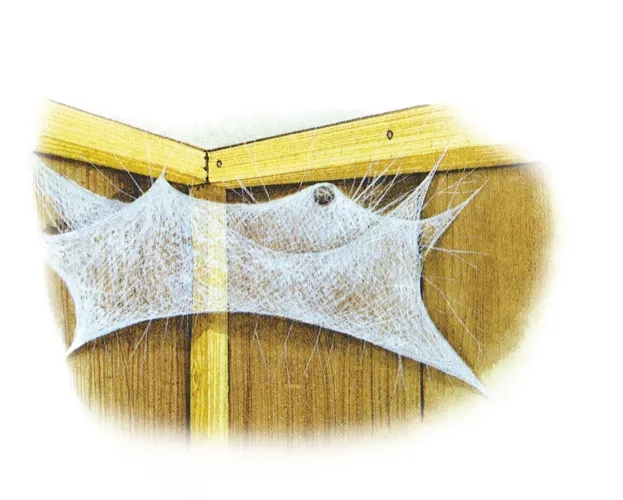
Untidy sheet webs are slung in ceiling corners, constructed by large spiders that fall into baths and scuttle across ceilings and carpets at night.
3
Six-eyed spider
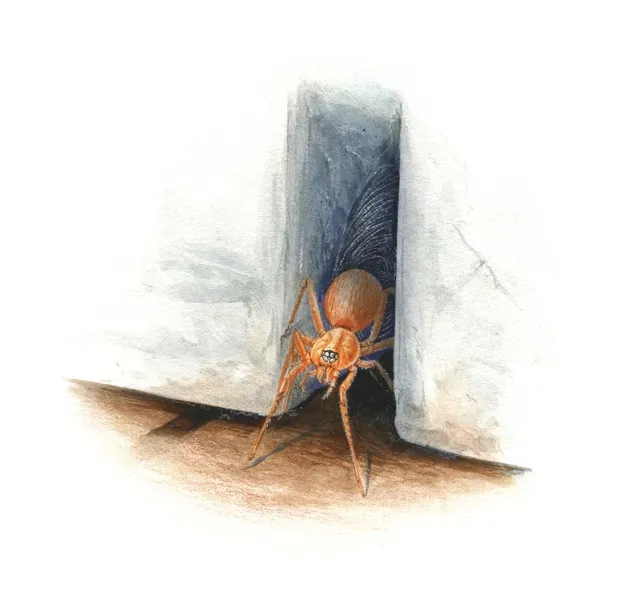
Body length: 1.5mm (male); 2mm (female). Hides by day; hunts by night on walls or windowsills.
4
Sheet web spider Amaurobius sp.
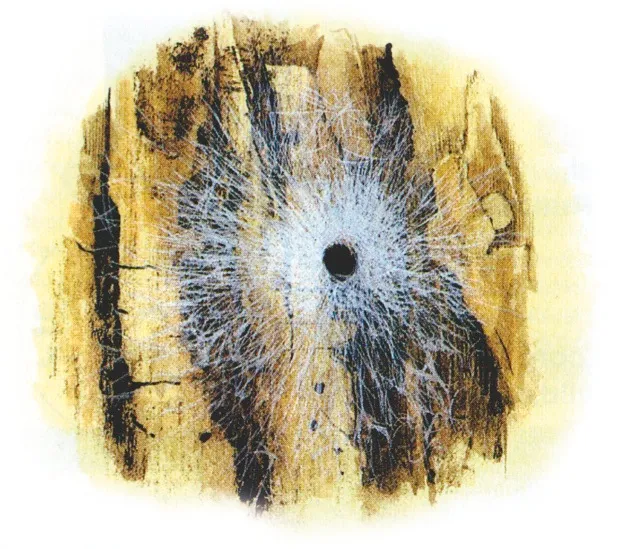
Webs around holes in walls, where the spider lurks. The vibration from a tuning fork held to the web will bring its owner racing out.
5
Daddy long legs spider Pholcus phalangioides
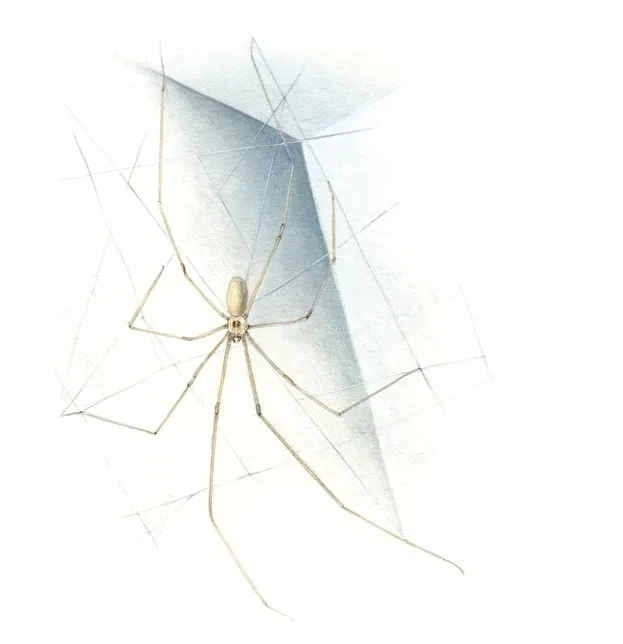
Body length: up to 10mm. Restricted to houses; lurks in corners and traps house spiders by flinging silk at them. Open webs between wall and ceiling built by this lanky building-dweller. Spider trembles and gyrates if disturbed. Carries eggs in jaws.
6
Garden spider Araneus diadematus
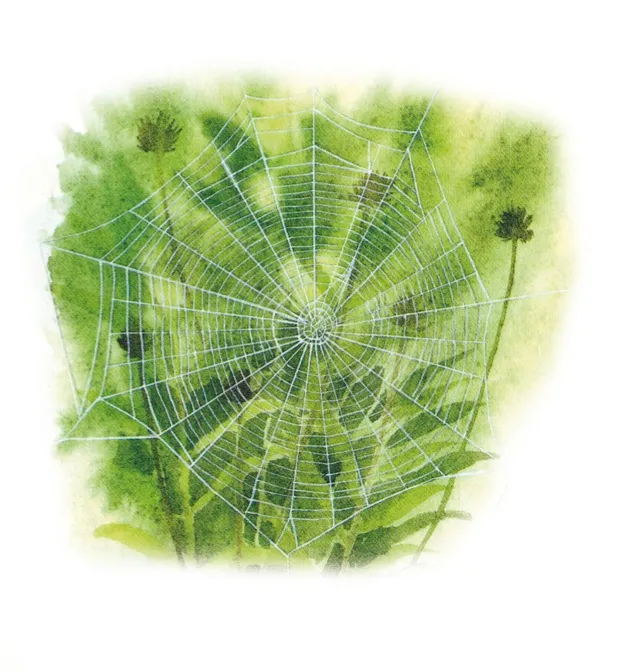
Often turns up in conservatories. An orb web woven vertically across twigs. Spider hides under a leaf, with one foot on a signal thread that detects vibrations from struggling prey.
7
Cave spider Meta menardi
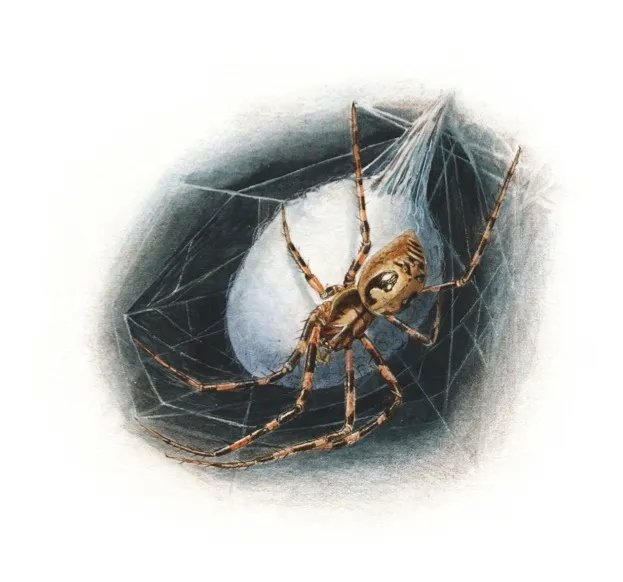
Body length: up to 15mm. Only in the darkest corners; females often guard hanging egg sacs made of silk.
8
Orb-web spider Zygiella x-notata
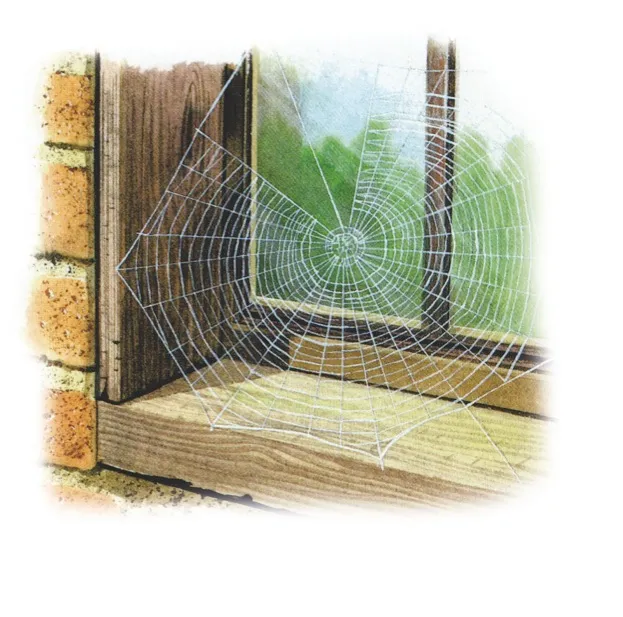
Orb web with a section free of spiral threads, traversed by a signal capture line leading to the spider’s lair. Often around doors and across window frames.
9
Zebra spider Salticus scenicu
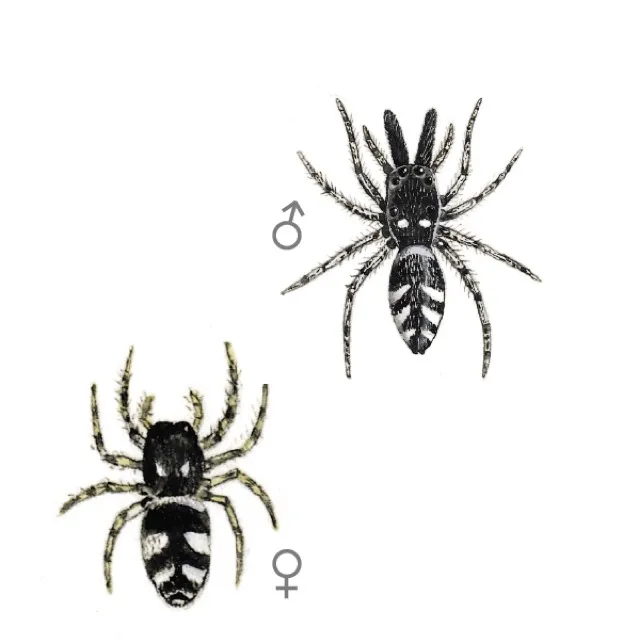
‘Barcode’-like patterning on abdomen. Can be found on the external walls of our houses.
Main image: © Sandra Doyle/The Art Agency

